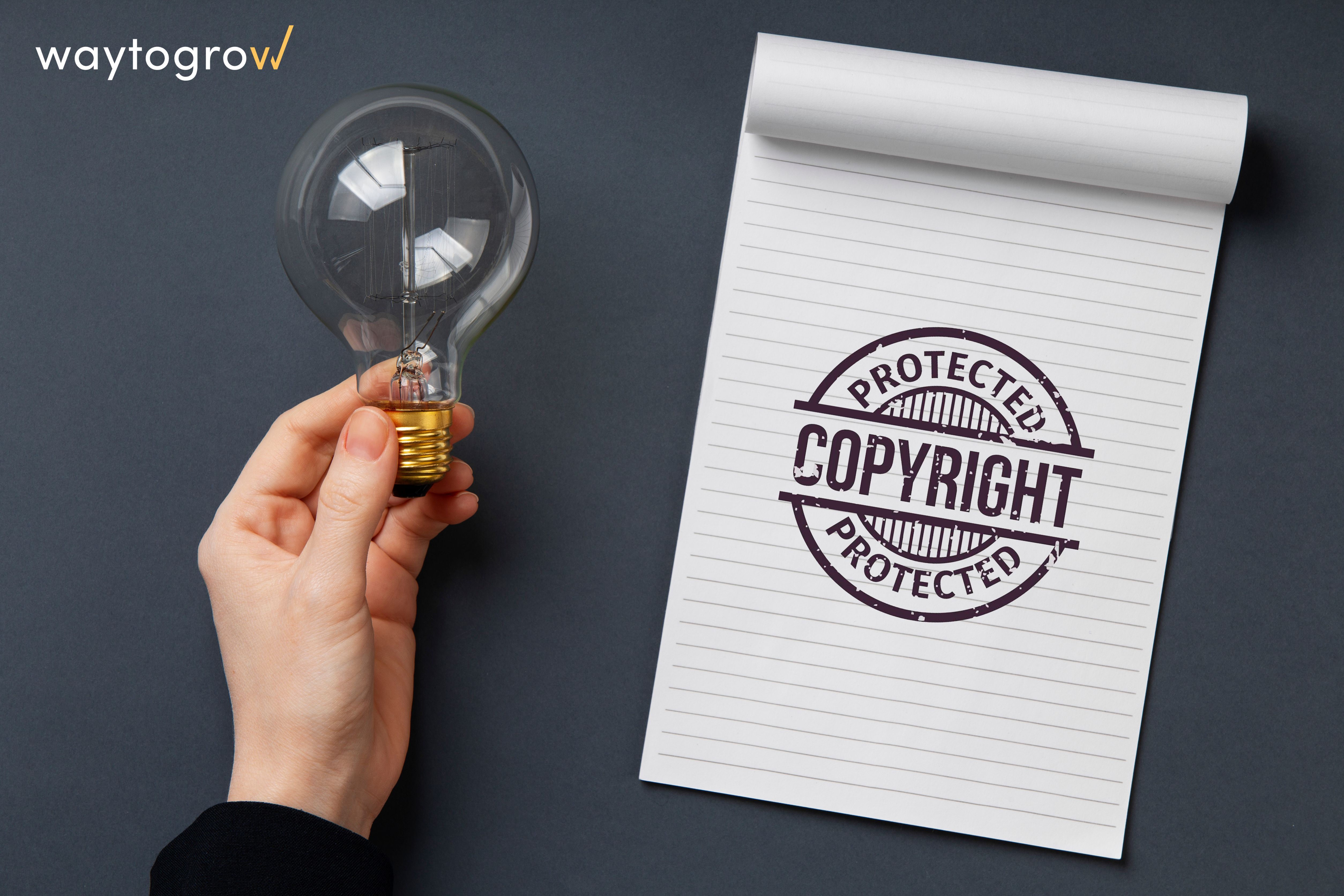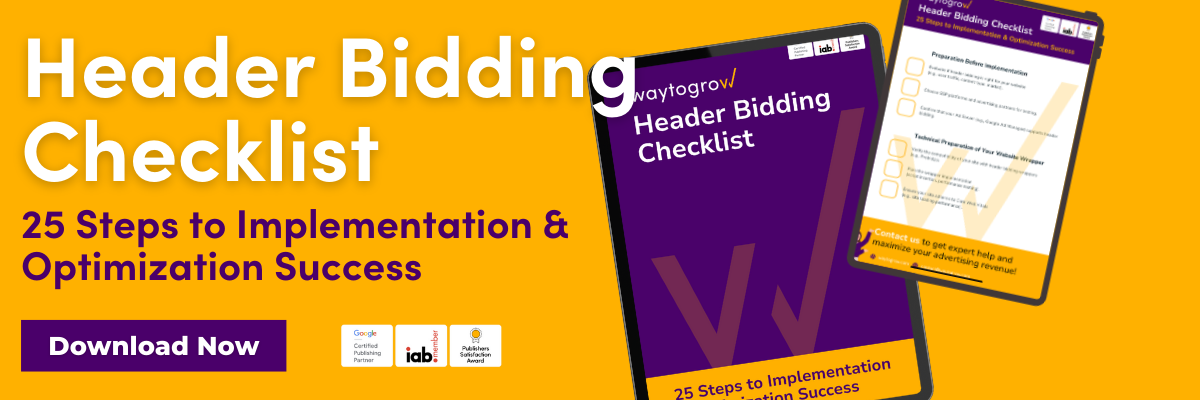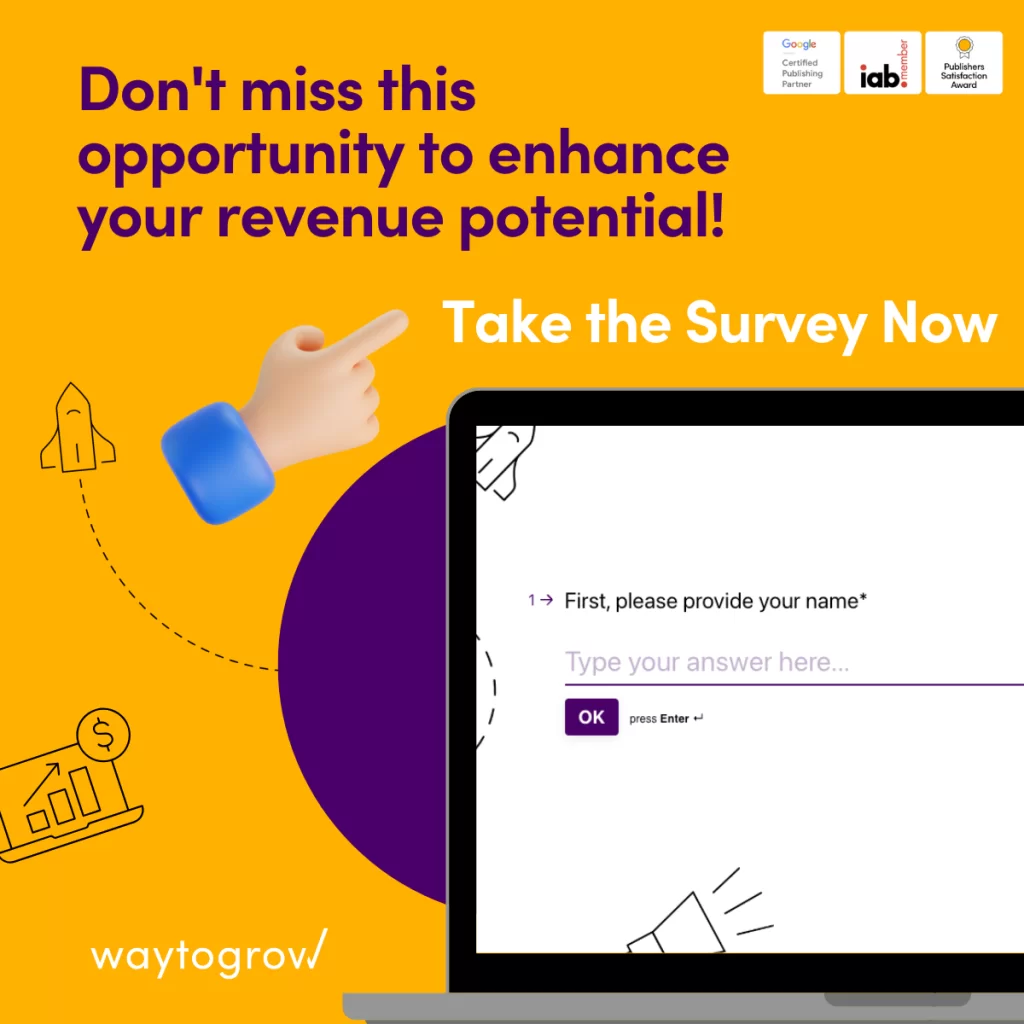- The Benefits of Obtaining a Content License
- How to Choose the Right Content License for Your Publication
- Understanding Copyright Laws and Fair Use in Content Licensing
- Leveraging Content Licensing to Expand Your Audience Reach
- Monetizing Your Content through Licensing: Opportunities and Strategies
- Common Mistakes to Avoid when Licensing Content for Your Publication
Content licensing offers numerous benefits for small and medium-sized publishers, from enhancing credibility and trustworthiness to increasing revenue and expanding audience reach. In this comprehensive guide, we will explore the advantages of obtaining a content license, provide insights on choosing the right license for your publication, explain copyright laws and fair use in content licensing, discuss strategies for leveraging licensed content to expand your audience, delve into monetization opportunities and strategies, and highlight common mistakes to avoid when licensing content. Whether you’re a seasoned publisher or just starting out, this guide will equip you with the knowledge and tools to navigate the world of content licensing successfully.

The Benefits of Obtaining a Content License
When it comes to small and medium-sized publishers, obtaining a content license can be a game-changer. Not only does it provide access to high-quality content, but it also brings along a plethora of benefits that can significantly enhance their online presence.
One of the key advantages of obtaining a content license is the boost it gives to credibility and trustworthiness. By using licensed content, publishers can showcase their commitment to delivering reliable and accurate information to their audience. This not only helps in building trust with readers but also attracts new visitors who are looking for reliable sources of information.
But the benefits don’t stop there. A content license opens up new revenue streams and monetization opportunities for publishers. By incorporating licensed content into their platforms, publishers can attract more advertisers, sponsorships, or even charge for premium access to exclusive licensed material. This additional revenue can help sustain and grow their business in an increasingly competitive digital landscape.
Real-world examples abound of successful publishers who have reaped the rewards of content licensing. Take, for instance, a travel blog that partners with renowned photographers to showcase stunning images from around the world. By licensing these captivating visuals, the blog not only enhances its own content but also attracts more readers and potential advertisers who want to be associated with such visually appealing material.
Lastly, it’s crucial for publishers to protect their intellectual property rights, and a content license provides the necessary legal framework to do so. With a license in place, publishers have peace of mind knowing that their original work is safeguarded from unauthorized use or plagiarism.
How to Choose the Right Content License for Your Publication
Now that we understand the benefits of obtaining a content license, let’s dive into the process of choosing the right one for your publication. With various types of content licenses available, it’s important to consider several factors to ensure that you make an informed decision that aligns with your goals and values.
Types of Content Licenses:
|
License Type |
Description |
|
Creative Commons |
A popular choice among publishers, Creative Commons licenses offer a range of options to specify how others can use your content. These licenses allow you to retain copyright while granting permissions for certain uses, such as allowing non-commercial use or requiring attribution. |
|
All Rights Reserved |
This traditional copyright license grants exclusive rights to the publisher, prohibiting others from using or distributing the content without explicit permission. While this provides maximum control, it may limit opportunities for collaboration or sharing. |
|
Public Domain |
Choosing a public domain license means relinquishing all rights to your content, allowing anyone to use, modify, or distribute it freely. This option is ideal if you want to maximize the reach and impact of your work without any restrictions. |
Factors to Consider:
- Level of Control: Determine how much control you want over your content. Are you open to collaboration and remixing, or do you prefer strict control over its usage?
- Distribution Rights: Consider whether you want to allow commercial use, modifications, or derivative works. This decision will impact how your content can be shared and reused by others.
- Publication Goals and Values: Reflect on your publication’s mission, values, and target audience. Choose a license that aligns with your goals and ensures that your content is used in a way that resonates with your brand.
Evaluating Compatibility:
It’s essential to evaluate the compatibility of different licenses with your publication’s goals and values. Consider the following questions:
- Does the license allow for the type of collaboration or sharing you envision?
- Does it align with your desired level of attribution or recognition?
- Does it support the distribution channels you plan to utilize?
Seeking Legal Advice:
To ensure compliance with copyright laws and make an informed decision, it’s advisable to conduct thorough research and seek legal advice if necessary. Consulting experts in intellectual property law can provide valuable insights and guidance specific to your situation.
Expert Insights:
We reached out to industry experts who shared their best practices for choosing an appropriate content license. They emphasized the importance of understanding the implications of each license type, considering long-term goals, and seeking professional advice when needed.
By carefully evaluating these factors and considering expert advice, you can confidently choose the right content license that not only protects your intellectual property but also supports your publication’s growth and objectives.
Understanding Copyright Laws and Fair Use in Content Licensing

When it comes to content licensing, it’s crucial for publishers to have a solid understanding of copyright laws and fair use. Copyright laws grant exclusive rights to creators, protecting their original works from unauthorized use or reproduction. As an online publisher, it’s important to respect these rights and ensure that you are using licensed content in a legal and ethical manner.
What is fair use?
Fair use is a legal doctrine that allows for the limited use of copyrighted material without the permission of the copyright owner. It provides exceptions to copyright law, allowing certain uses of copyrighted material for purposes such as criticism, commentary, news reporting, teaching, scholarship, or research. However, it’s important to note that fair use is not an absolute right and must be evaluated on a case-by-case basis.
Limitations and exceptions:
In addition to fair use, there are other limitations and exceptions to copyright law that can come into play when using licensed content. One example is transformative works, which involve creating new works that significantly transform the original material. This can include parodies, remixes, or adaptations that add new meaning or expression.
Educational purposes also fall under certain exceptions to copyright law. Teachers and students may be able to use copyrighted material in the classroom for educational purposes such as teaching, research, or study. However, it’s important to follow guidelines and restrictions set by educational institutions and adhere to proper attribution practices.
Navigating legal pitfalls:
While content licensing provides opportunities for publishers to enhance their platforms with high-quality material, it’s essential to navigate potential legal pitfalls carefully. To ensure compliance with copyright laws while maximizing the benefits of content licensing:
- Obtain proper licenses: When using copyrighted material, make sure to obtain the necessary licenses or permissions from the copyright owner. This ensures that you have the legal right to use and distribute the content.
- Understand fair use guidelines: Familiarize yourself with the principles of fair use and evaluate whether your intended use of copyrighted material falls within its boundaries. Consider factors such as the purpose and character of your use, the nature of the copyrighted work, the amount used, and the effect on the market for the original work.
- Provide proper attribution: Always give credit to the original creator or copyright owner when using licensed content. Proper attribution not only shows respect for their work but also helps avoid potential legal issues.
- Stay informed: Keep up-to-date with changes in copyright laws and regulations to ensure that your content licensing practices remain compliant. Consult legal professionals or experts in intellectual property law if you have any doubts or questions.
By understanding copyright laws, fair use provisions, and other exceptions, publishers can navigate content licensing with confidence, ensuring that they stay on the right side of the law while maximizing the benefits of licensed content.
Leveraging Content Licensing to Expand Your Audience Reach
Content licensing not only provides publishers with high-quality material but also offers a unique opportunity to expand their audience reach and strengthen their online presence. By collaborating with other publishers or platforms through licensing agreements, publishers can tap into new audiences and benefit from increased visibility and cross-promotion.
One effective strategy is to partner with complementary publishers who share a similar target audience. By licensing each other’s content, publishers can leverage the strengths of both platforms and offer their readers a wider range of valuable information. For example, a food blog could collaborate with a recipe website, allowing them to feature each other’s content and attract new readers who are interested in exploring different culinary perspectives.
Another way to expand audience reach through content licensing is by partnering with influential social media accounts or popular websites. By licensing content to these platforms, publishers can tap into their large and engaged audiences, gaining exposure to potential new readers who may not have discovered their content otherwise. This cross-promotion can lead to increased visibility, higher traffic, and ultimately, more engagement with the publisher’s own platform.
To maximize the impact of licensed content partnerships, it’s important for publishers to leverage social media and SEO optimization. Sharing licensed content on social media platforms not only increases its visibility but also encourages engagement and sharing among followers. Additionally, optimizing licensed content for search engines ensures that it ranks well in relevant search results, driving organic traffic to the publisher’s platform.
Successful collaborations in content licensing have already proven their effectiveness in expanding audience reach. For instance, a travel blog could partner with a popular travel influencer on Instagram, licensing their stunning travel photos for use on the blog. This collaboration not only enhances the blog’s visual appeal but also exposes it to the influencer’s extensive follower base, resulting in increased traffic and engagement.
By strategically leveraging content licensing, publishers can expand their audience reach, attract new readers, and enhance their online presence. Whether through collaborations with other publishers or partnerships with influential platforms, licensed content offers a powerful tool for audience growth and increased engagement.
Monetizing Your Content through Licensing: Opportunities and Strategies
Now that we’ve explored the benefits of obtaining a content license and how to choose the right one, let’s delve into the exciting realm of monetizing your licensed content. Licensing not only provides publishers with valuable material, but it also opens up various opportunities to generate revenue and grow your business.
- Syndication: One lucrative way to monetize your licensed content is through syndication. By partnering with other publishers or media outlets, you can distribute your content to a wider audience and earn income through licensing fees or revenue sharing agreements. Syndication allows you to tap into new markets and reach readers who may not have discovered your platform otherwise.
- Sponsored Content: Another avenue for monetization is through sponsored content partnerships. By collaborating with brands or advertisers, you can create custom content that aligns with your publication’s niche and values. These partnerships can involve licensing your content for use in branded campaigns or creating original sponsored content tailored to the advertiser’s needs. Sponsored content offers a win-win situation, as it provides value to both the publisher and the advertiser while generating revenue.
- Licensing Fees: Depending on the demand for your licensed content, you may have the opportunity to charge licensing fees. This can be especially relevant if your content is unique, exclusive, or highly sought after by other publishers or platforms. Licensing fees can vary based on factors such as usage rights, duration of the license, and the prominence of the licensee.
To effectively monetize your licensed content, consider implementing the following strategies:
- Negotiating Licensing Agreements: When entering into licensing agreements, ensure that you negotiate terms that are fair and beneficial for both parties. Clearly define the scope of usage rights, payment terms, and any additional considerations such as exclusivity or territorial restrictions.
- Pricing Your Content: Determine the value of your content based on factors such as its quality, uniqueness, and demand. Research industry standards and competitor pricing to ensure that you are pricing your licensed content competitively while maximizing your revenue potential.
- Tracking and Analyzing Data: It’s essential to track and analyze data related to your licensed content to optimize revenue generation. Monitor metrics such as engagement, traffic, and conversions to identify successful licensing partnerships and areas for improvement. This data-driven approach will help you make informed decisions and refine your monetization strategies over time.
Successful publishers in various niches have leveraged content licensing to generate substantial revenue. For example, a lifestyle blog may license its recipe videos to a popular cooking website, earning licensing fees while expanding its reach. Similarly, a news publication may syndicate its articles to regional newspapers, generating income through licensing agreements and reaching a wider audience.
By exploring different monetization opportunities, negotiating favorable licensing agreements, pricing your content effectively, and leveraging data insights, you can unlock the full revenue potential of your licensed content. Monetizing your content not only helps sustain your business but also fuels its growth and enables you to continue providing valuable information to your audience.
Common Mistakes to Avoid when Licensing Content for Your Publication

While content licensing can bring numerous benefits to publishers, it’s important to be aware of common mistakes that can have legal and reputational consequences. By avoiding these pitfalls, publishers can ensure they are using licensed content in a compliant and ethical manner, protecting their brand and maintaining the trust of their audience.
- Using Unlicensed or Improperly Licensed Material: One of the biggest mistakes publishers can make is using content without obtaining the necessary licenses or permissions. This can result in copyright infringement and potential legal action. It’s crucial to conduct due diligence and verify the authenticity of licensed content sources to ensure that the material is legitimate and properly licensed.
- Neglecting Proper Attribution: Proper attribution is essential when using licensed content. Failing to give credit to the original creator or copyright owner not only violates licensing terms but also undermines trust and credibility. Publishers should clearly attribute the source of licensed content and adhere to any specific requirements outlined in the license agreement.
- Ignoring Licensing Terms and Conditions: Each content license comes with its own set of terms and conditions that must be followed. Ignoring or disregarding these terms can lead to legal disputes and damage relationships with licensors. Publishers should carefully review and understand the licensing agreement, ensuring compliance with usage rights, restrictions, and any other stipulations outlined in the contract.
- Lack of Due Diligence: Before entering into a licensing agreement, publishers should conduct thorough research on the licensor and their reputation. This includes verifying their authority to grant licenses, checking for any history of copyright infringement claims, and assessing the quality and originality of their content. Failing to perform due diligence can result in partnering with unreliable sources or unknowingly using plagiarized material.
- Overlooking Changes in Licensing Terms: Licensing agreements can be subject to change, especially if they have a limited duration or renewal period. Publishers must stay informed about any updates or modifications to the licensing terms and adjust their usage accordingly. Failure to do so may result in unintentional violations and legal consequences.
By avoiding these common mistakes and taking a proactive approach to content licensing, publishers can ensure they are using licensed material responsibly and legally. Conducting due diligence, maintaining proper attribution, adhering to licensing terms, and staying informed about changes in licensing agreements are crucial steps in protecting the integrity of a publication and avoiding potential legal disputes.
Share on:










